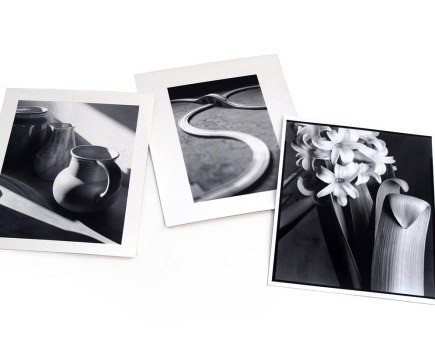We look at five things anyone can try to improve their architecture photography, without the need for any specialist equipment
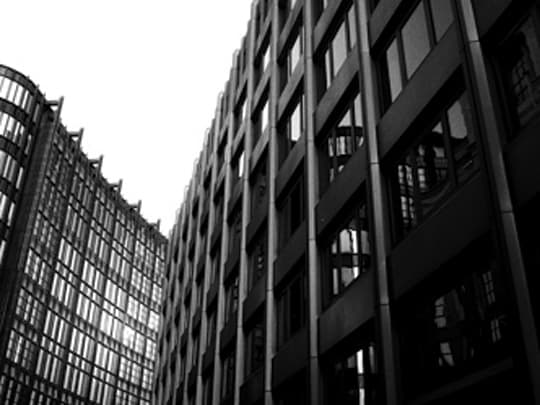 Architecture photography: See in black & white
Architecture photography: See in black & white
In architecture photography the focus is usually more on form and structure than on colour. This makes many images particularly good candidates for black and white conversion.
Keeping this in mind when scouting for architecture photography subjects is vital as this will help you decide what works and how best to capture it.
So what should you look for?
Highly reflective windows against darker surrounds will record with plenty of contrast, for example, just as white buildings will stand out greatly against a clear blue sky.
Architecture photography: Get inside
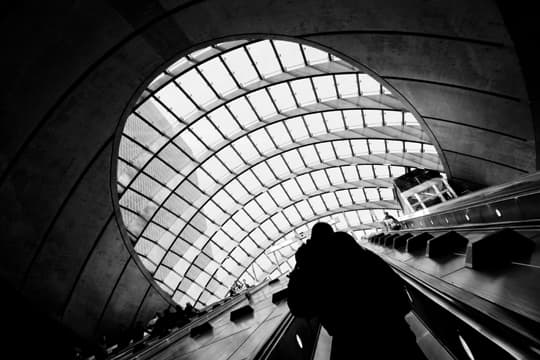
The interiors of many buildings can be far more interesting to photograph than their outsides, so try to shoot a mixture of both.
Sometimes you’ll need permission to photograph a building from the inside. At times this won’t be easy, or even possible, to obtain – so check with the relevant people ad to any regulations which may be in place.
This is ideal if you intend on presenting your images of a building as a series, as you’ll be able to better display its full character.
Architecture photography: Zoom in
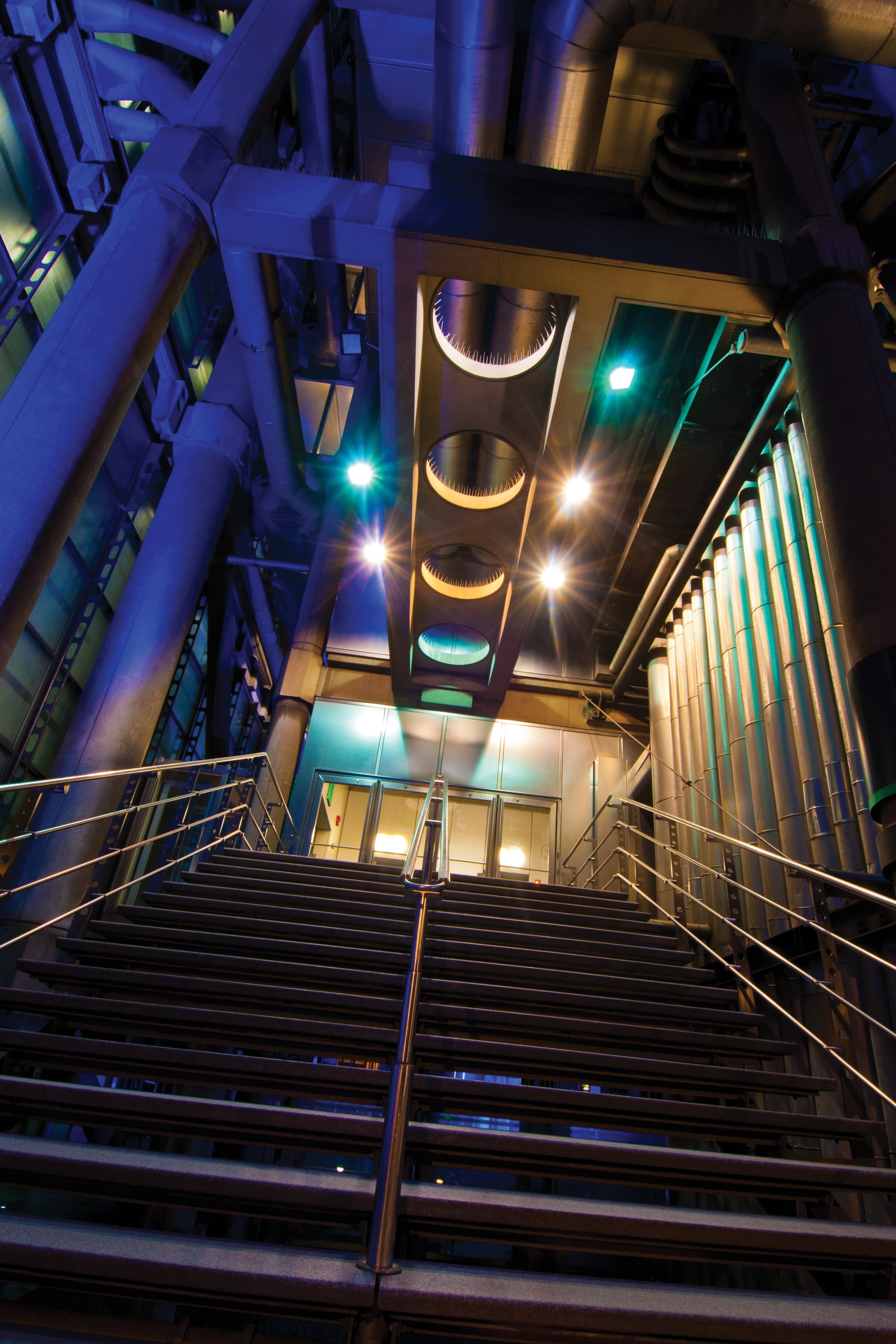 Many architecture photography images require a decent wideangle lens so that everything can fit into the frame, but many of these, to some degree, suffer from barrel distortion.
Many architecture photography images require a decent wideangle lens so that everything can fit into the frame, but many of these, to some degree, suffer from barrel distortion.
This is particularly problematic within architecture photography as linear details serve as a reference for straightness.
While software can be used to quickly straighten out any distortions, this involves warping the image, which affects sharpness.
So, rather than using your lens on its widest focal length, consider recomposing the scene by stepping back a little and zooming in.
Many cameras allow you to select whether you want distortion to be corrected as you shoot.
This is useful if you’re not adept at post-processing, so check to see whether your camera offers this.
Architecture photography: Wait for the night
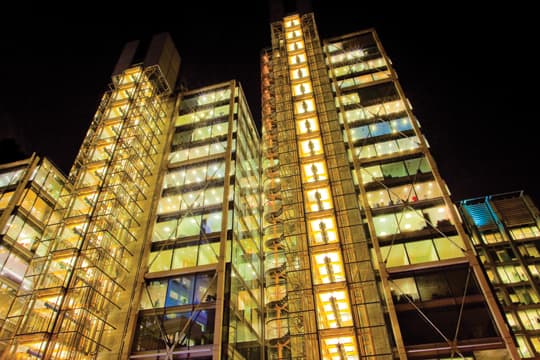 Keeping a building lit at night not might not please everyone from an environmental point of view, but for architecture photography this creates a range of new opportunities.
Keeping a building lit at night not might not please everyone from an environmental point of view, but for architecture photography this creates a range of new opportunities.
First, the structure of the building is much more prominent, given that it is being lit internally rather than externally.
Buildings which appear drab in daylight may photograph far more interestingly when filled with light, particularly if the light or structural elements of the building are coloured in any way.
Shooting at night also often requires a long exposure; if stood far back enough this will also allow you to incorporate surrounding movement into your images, be it a handful of passers by or trails from surrounding traffic.
Shooting at night is also great if your intend for your images to be black and white, as the dark skies and bright lights result in an image with plenty of contrast.
Architecture photography: Pick out details
 Architecture photography it not only about capturing buildings in their entirety. There’s plenty to be found in the smaller details.
Architecture photography it not only about capturing buildings in their entirety. There’s plenty to be found in the smaller details.
Consider switching from a wideangle optic to a telephoto zoom or even macro lens, and get up close. This is a great way to create abstract images, particularly with more modern buildings.
Look out for repeating patterns and converging lines, and, for particularly abstract results, experiment with different focusing points, even defocusing slightly to create a different effect.
By Matt Golowczynski






